Raising Boys and Girls Podcast: S4, E7 Dealing with Anxiety and Emotions
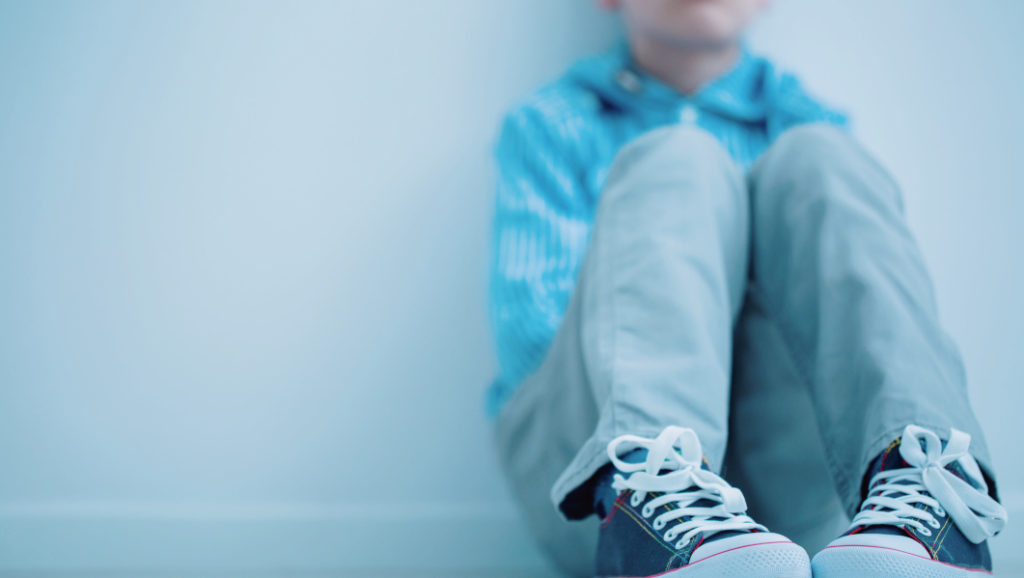
The Raising Boys and Girls podcast is back for Season 4 with topics and guests that will inspire you along your journey of raising kids in today’s world. Join Sissy Goff and David Thomas this week as they offer insight and practical tools to help you understand and address emotions, anxiety, and depression in kids.
. . . . . . . . . .
SUBSCRIBE to the podcast so you never miss an episode!
If you haven’t already, listen to the podcast now:
. . . . . . . . . .
Anxiety
Anxiety is the #1 mental health problem in the world. But it’s also the most treatable.
Raising Worry-Free Girls
Braver, Stronger, Smarter
Brave
Anxiety for kids is an overestimation of the problem and an underestimation of themselves.
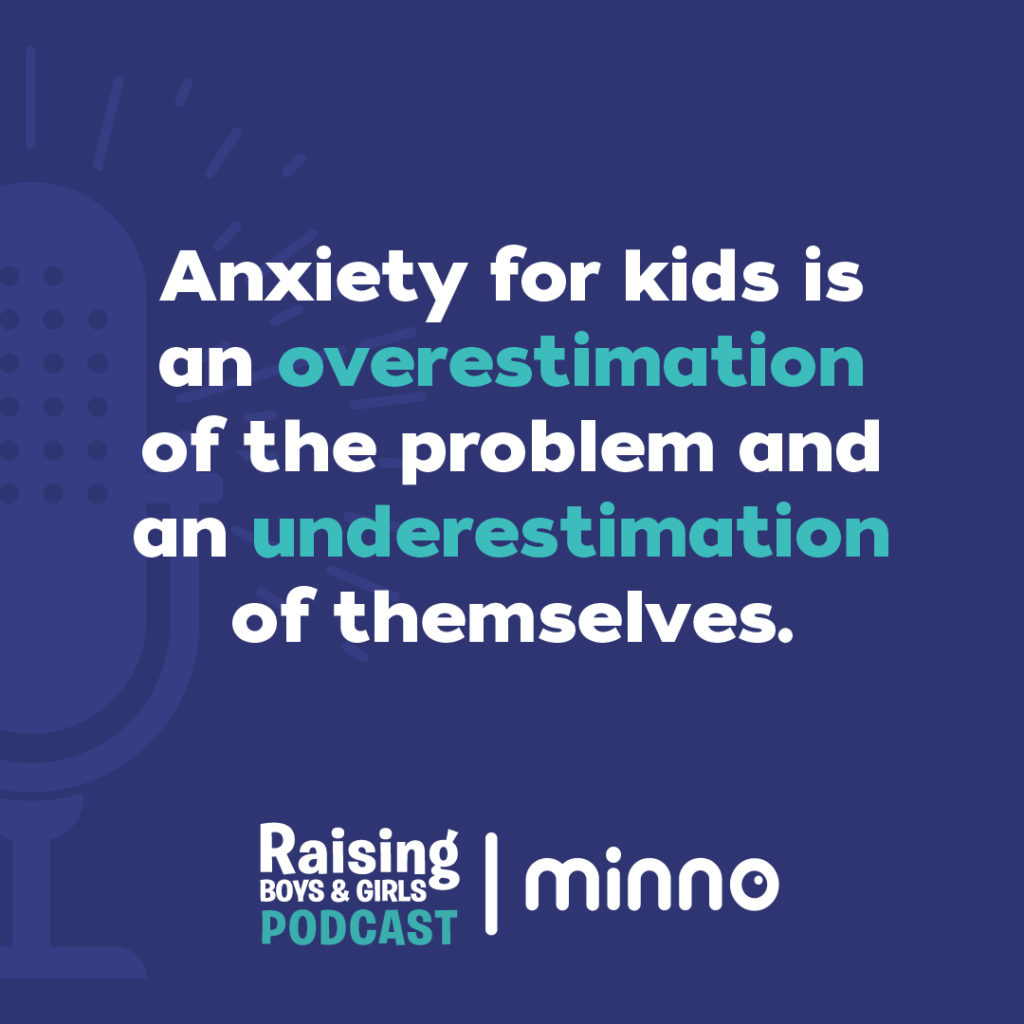
. . . . . . . . . .
Exploders – demanding, manipulative, difficult, angry, controlling
How to spot it? What are the patterns?
Transitions, unpredictability, feeling out of control
Control is a primary coping strategy.
The more we can look underneath a child’s behavior to understand it, the more compassion we’ll have.
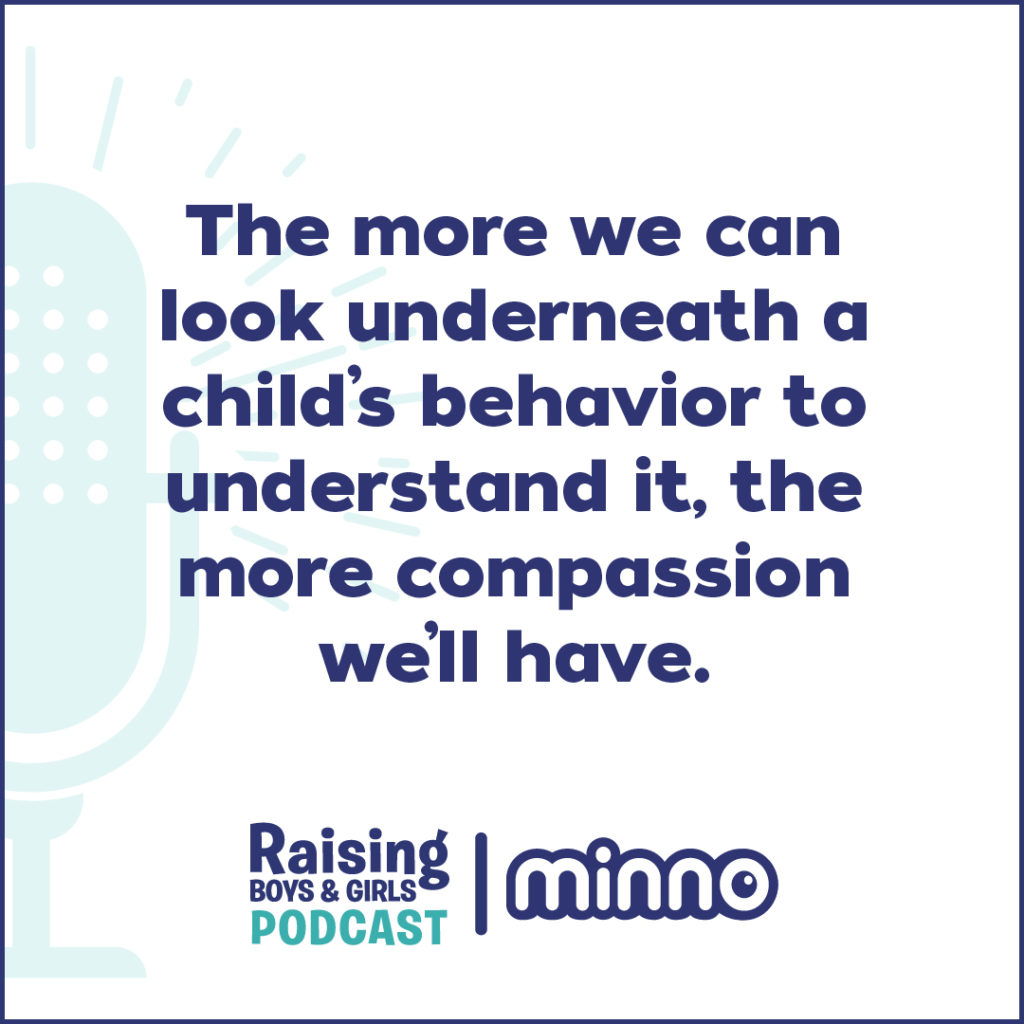
Imploders – tummy aches, headaches, come apart at home
Girls deal with anxiety twice as much as boys but are taken to counseling less.
. . . . . . . . . .
Loops and Questions
80% of our thoughts are negative and 95% of those are on repeat.
How to spot it? What are the patterns?
Endless questions
Research says you should never answer more than 5 questions about a topic with kids.
Kids that deal with anxiety are typically the brightest, coolest kids that just don’t know how to turn the volume down in their heads.

. . . . . . . . . .
Anxious boys look more angry than they look worried and fearful.
Typically boys will be more eruptive and disruptive.
Anxiety in boys can mirror ADHD.
Boys also deal with repetitive questions and trying to be controlling.
. . . . . . . . . .
Depression
8.5% of children and adolescents were depressed pre-pandemic.
Now 1 in 4 children and adolescents are dealing with depression.
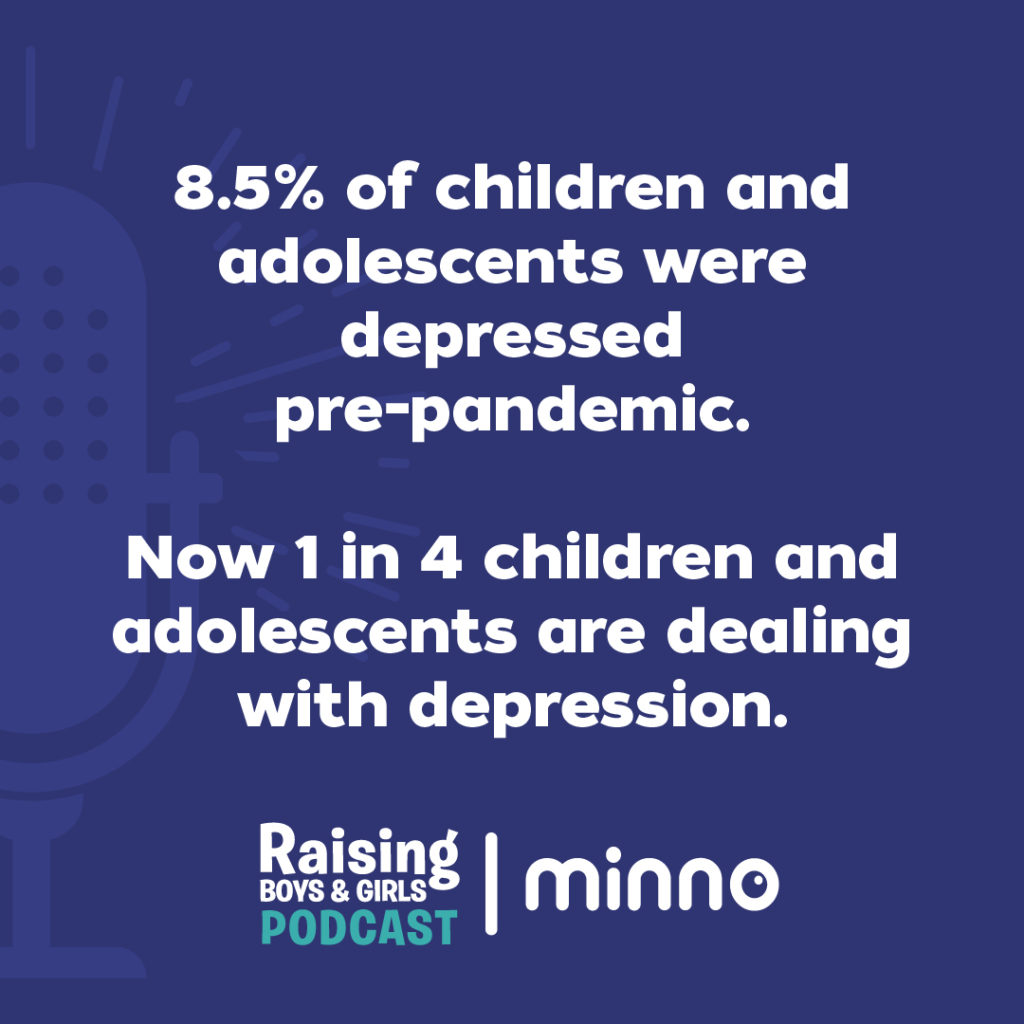
. . . . . . . . . .
Anxiety bleeds into depression.
Adolescence looks a lot like depression in general. But it’s been way more significant lately.
Signs of Depression for Girls:
Withdrawal
Pulling away from friends or things they love
Flat affect
Irritability
Loss of joy (even when with friends)
Low energy/fatigue
Pervasive feelings of hopelessness
Signs of Depression for Boys:
Irritability
Low-grade discontentment
Losing interest in things they love
Boys need to practice healthy outward movement so he doesn’t turn too inward.
. . . . . . . . . .
Anger
For girls, if there is a lot of anger, there is probably more to the story.
Expressed anger can actually be good because you can help kids know how to deal with it.
Girls are hard on themselves. They need us to help them learn how to deal with that.
Often girls with ADHD get angrier quicker than girls without ADHD.
Developmentally, somewhere around age 9-10, boys will begin to channel all primary emotions into anger.
Anger is a secondary emotion. There is always something going on underneath the surface.
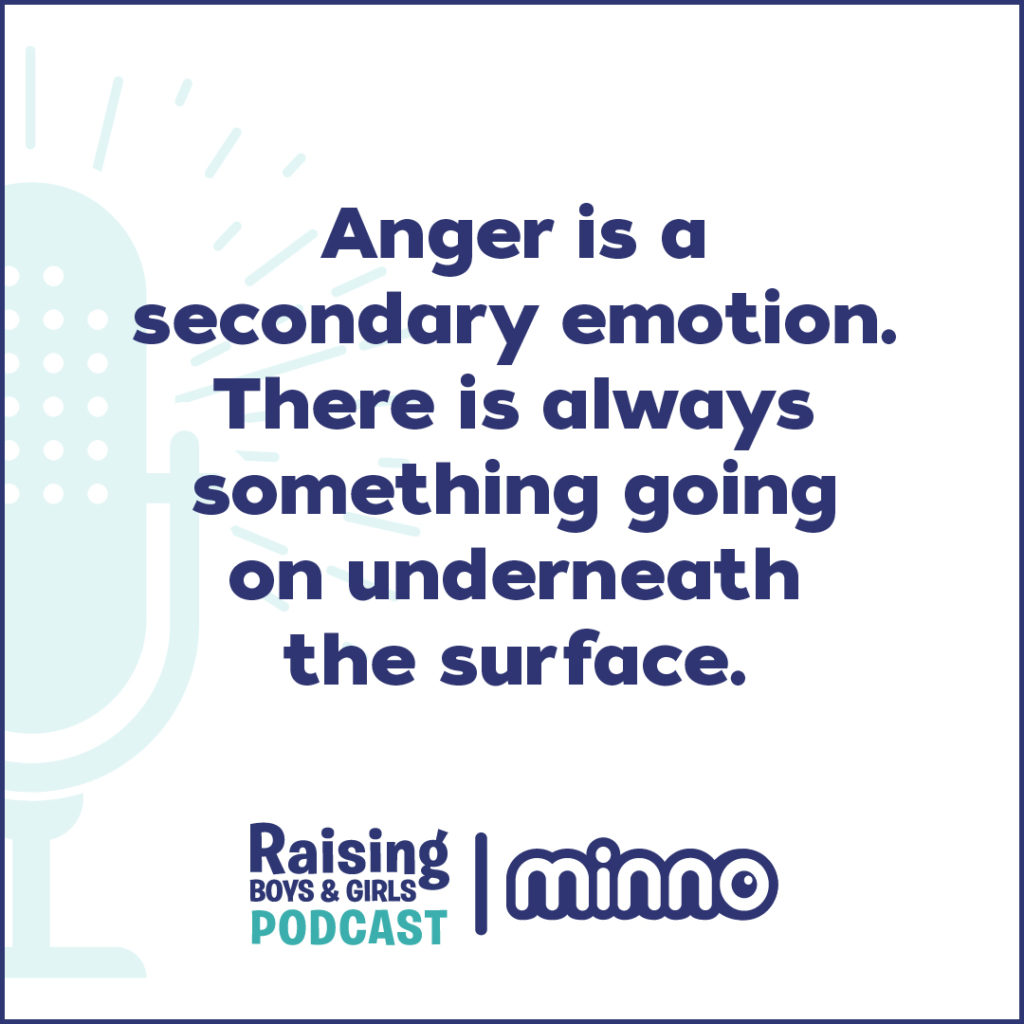
Are My Kids on Track? Podcast episodes on Vocabulary, Resourcefulness
. . . . . . . . . .
Intentional Practices
When to Seek Help for Anxiety and Depression:
- When patterns of behavior emerge.
- When a child has lost interest in friends and activities.
- When in doubt, get a consultation.
How to Find a Good Counselor in your Area:
- Ask your pediatrician, school, and church.
- Ask your trusted friends.
- Go interview the counselor yourself first.
3 Questions to Ask Yourself when Interviewing a Potential Counselor for your Child:
- What kind of training does this counselor have working specifically with kids?
- What kind of involvement will I have in the process as a parent?
- Is this counselor warm? Will he/she be able to connect with my child?
. . . . . . . . . .